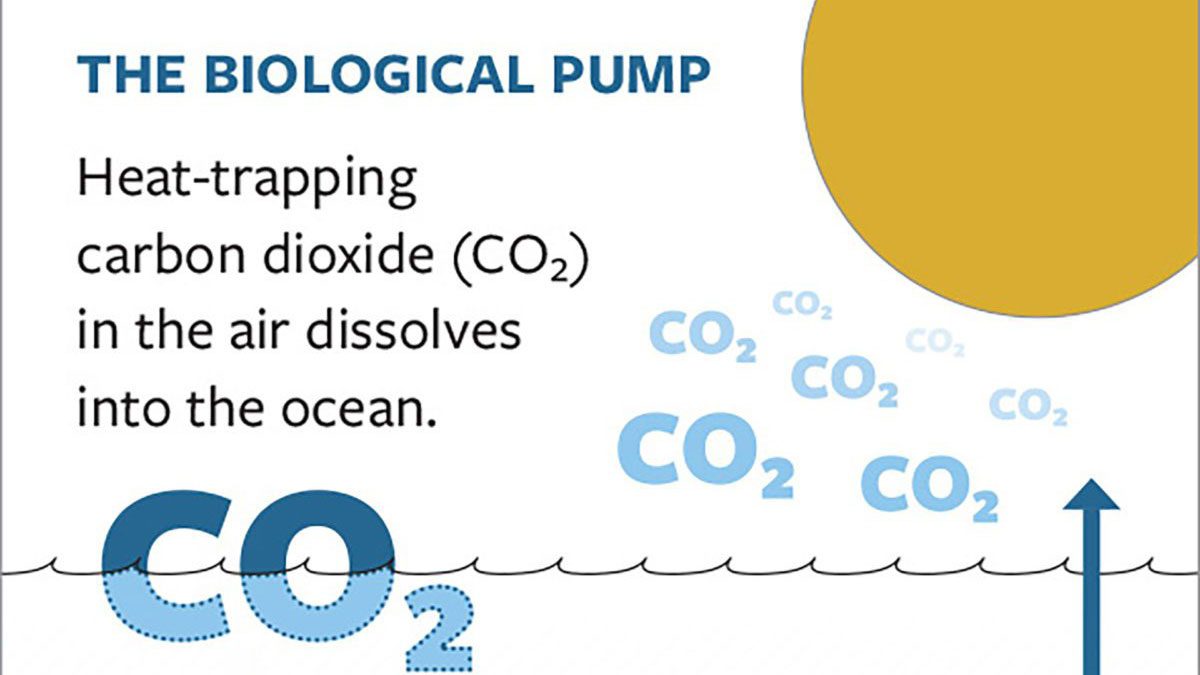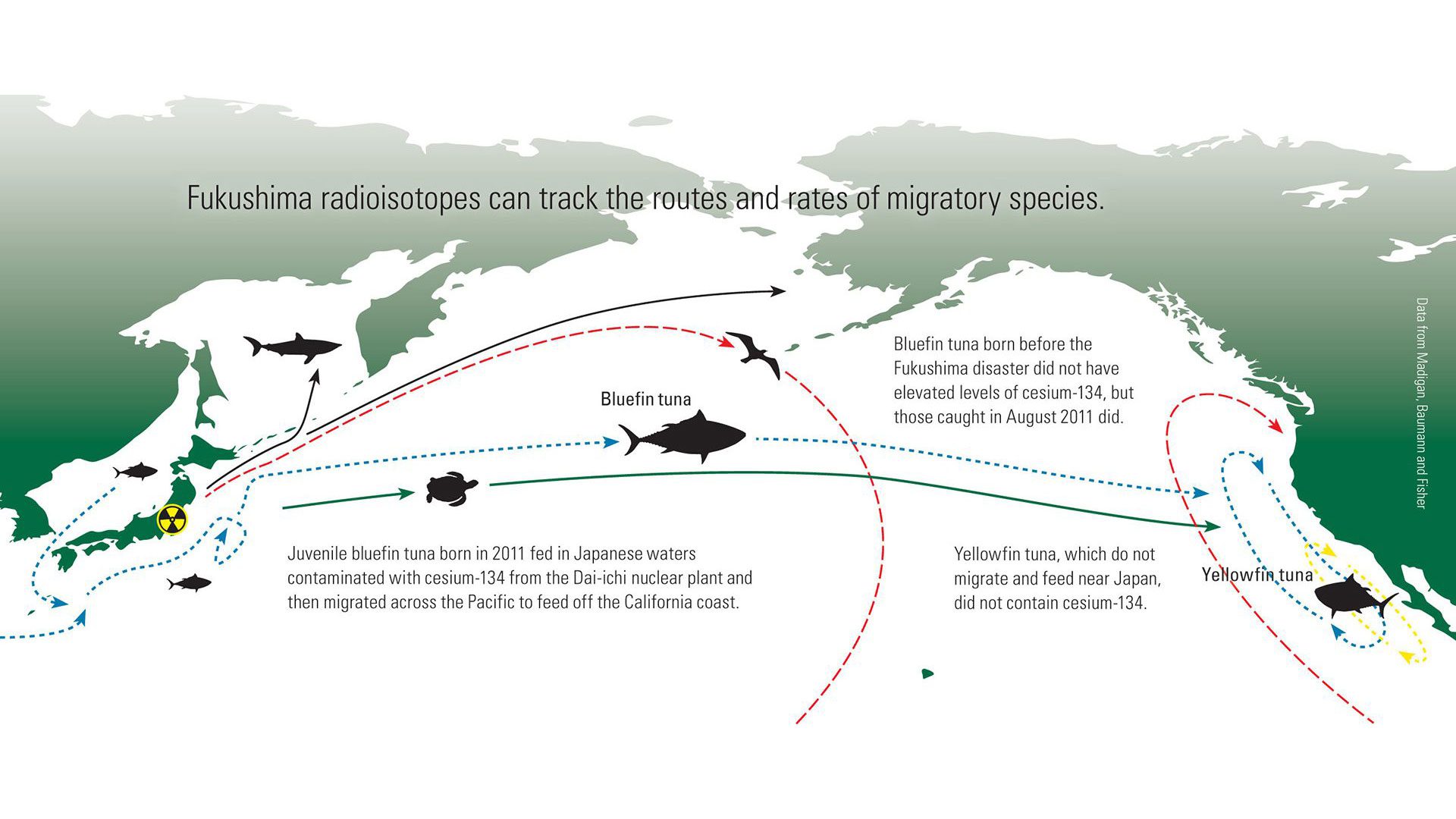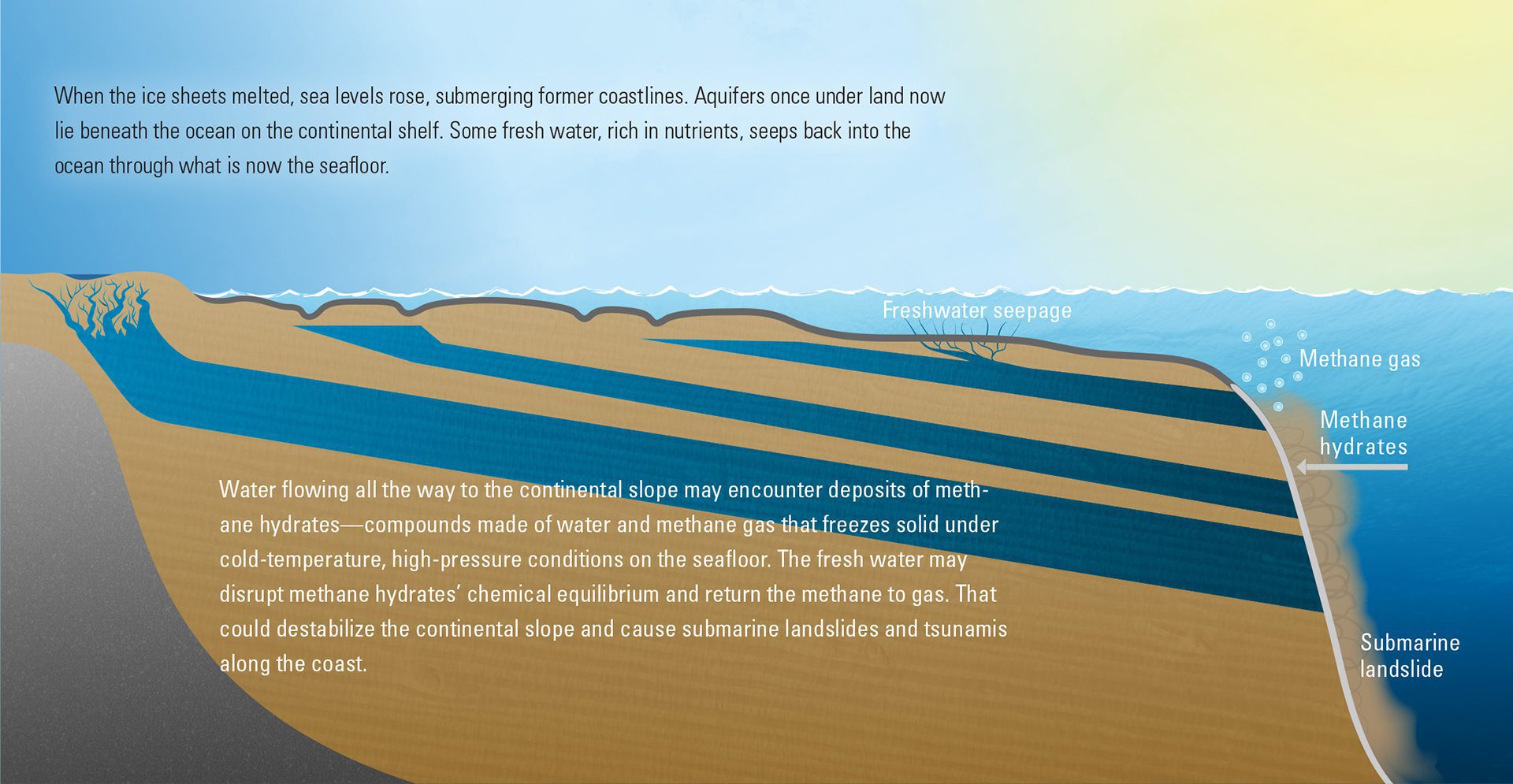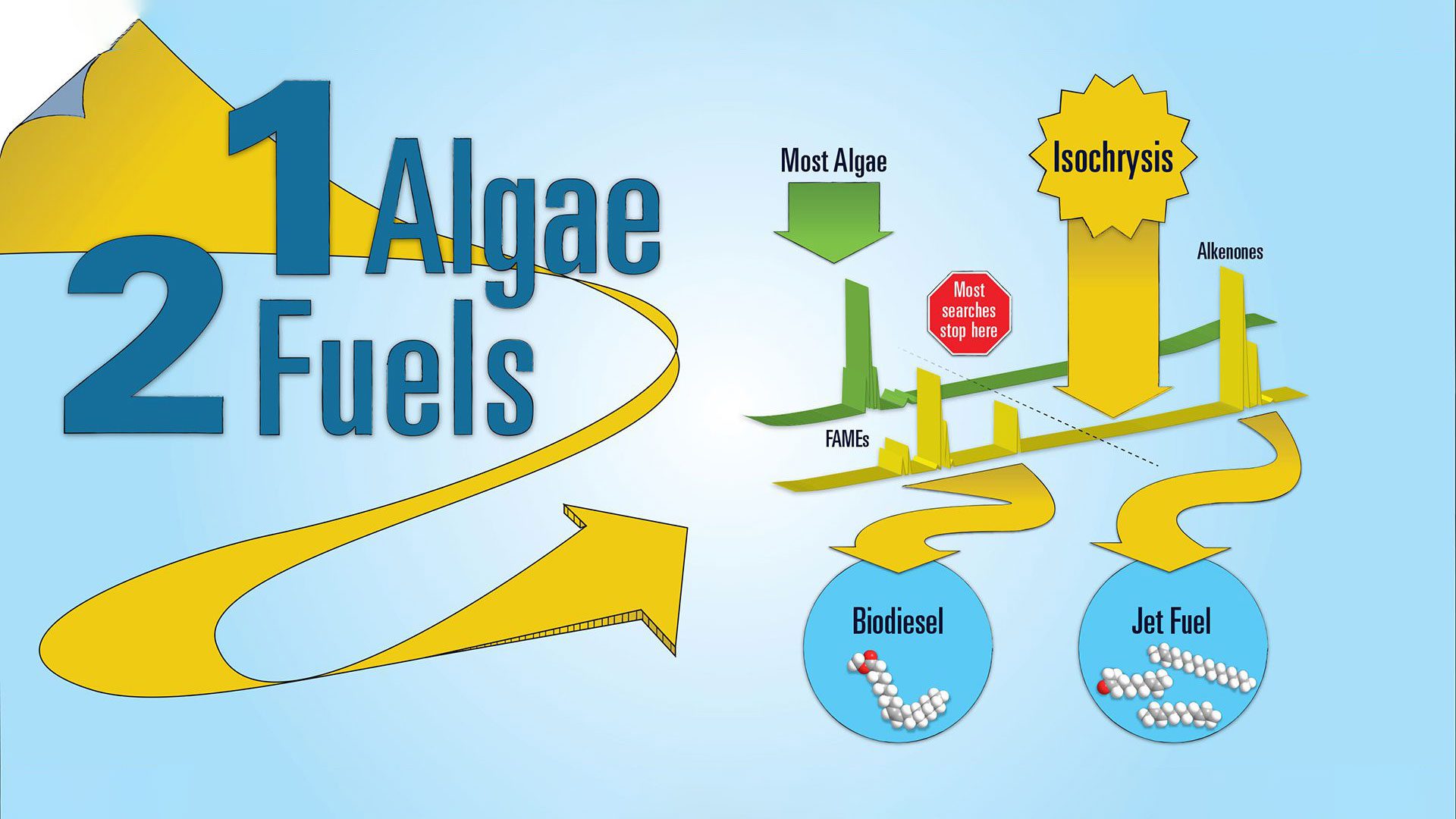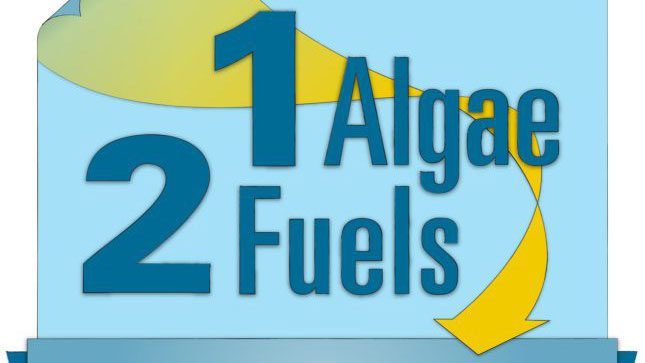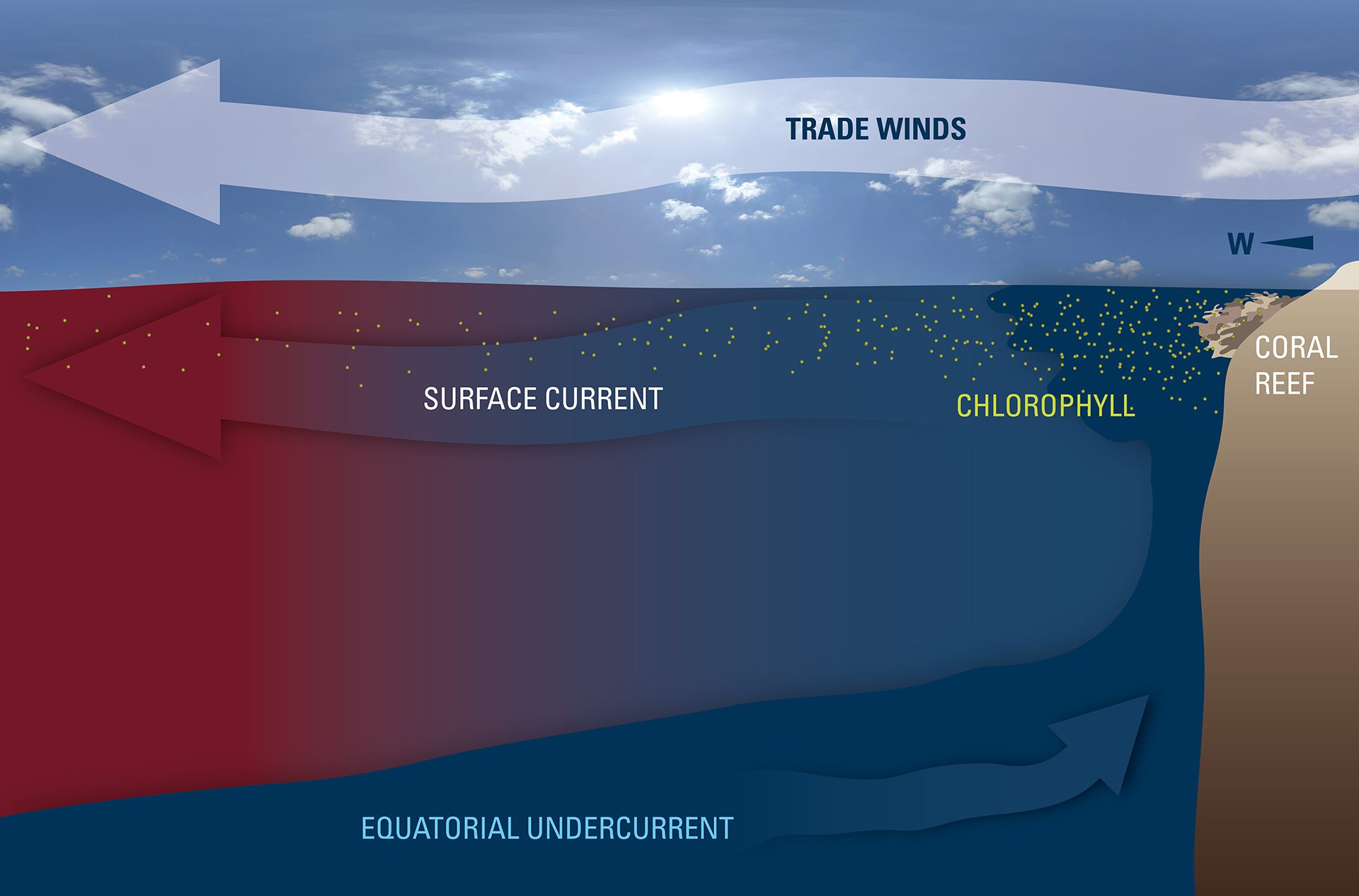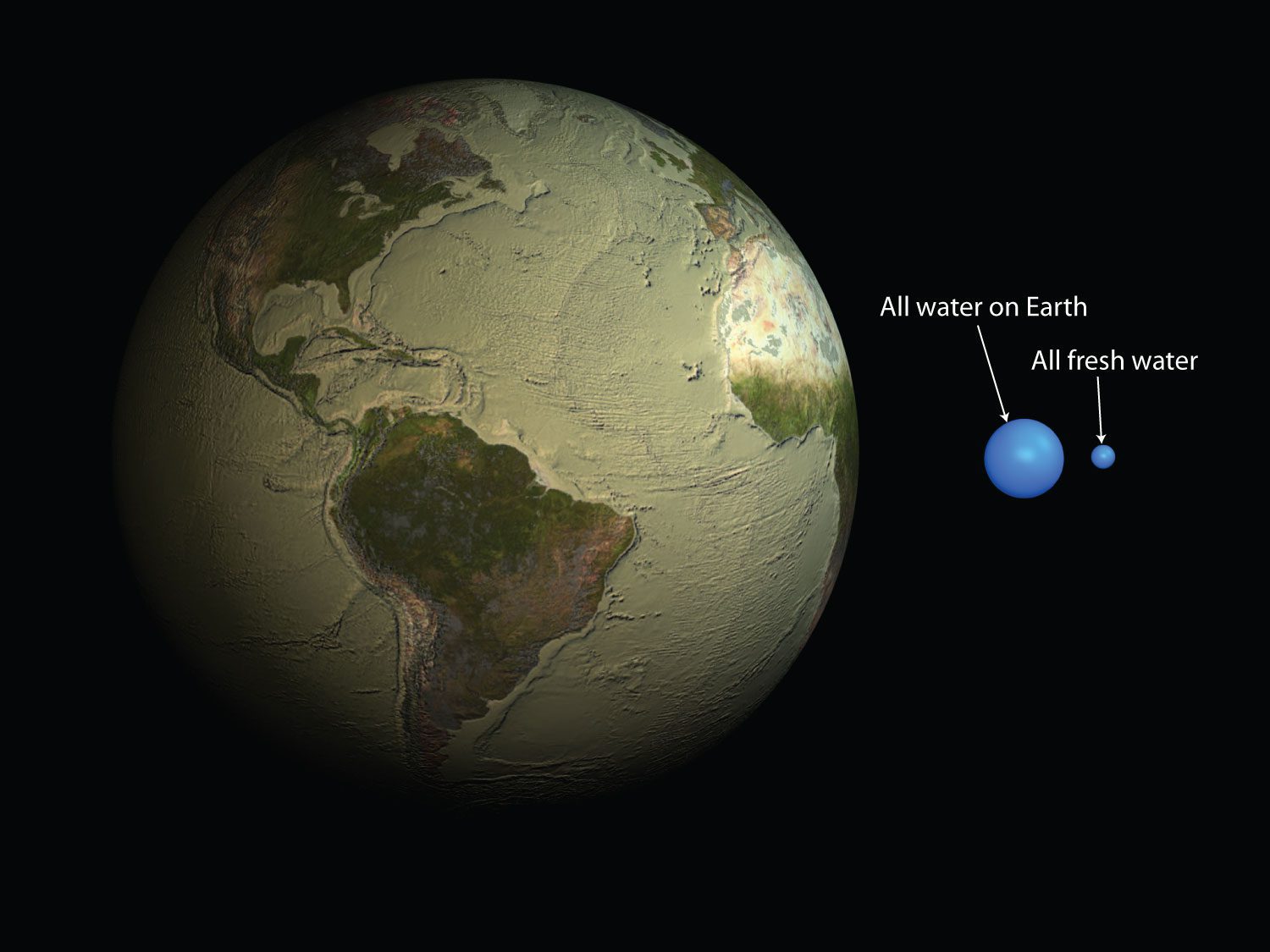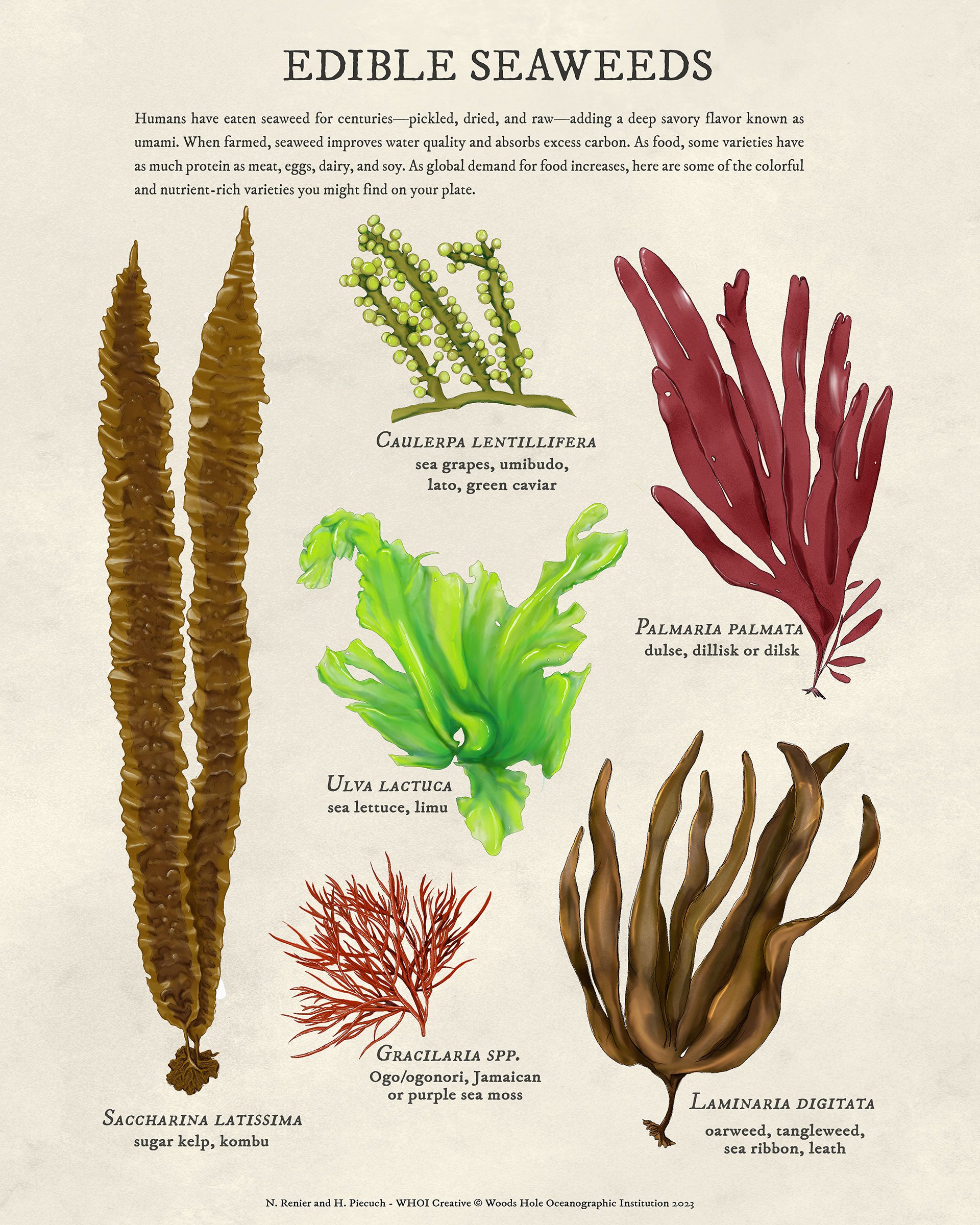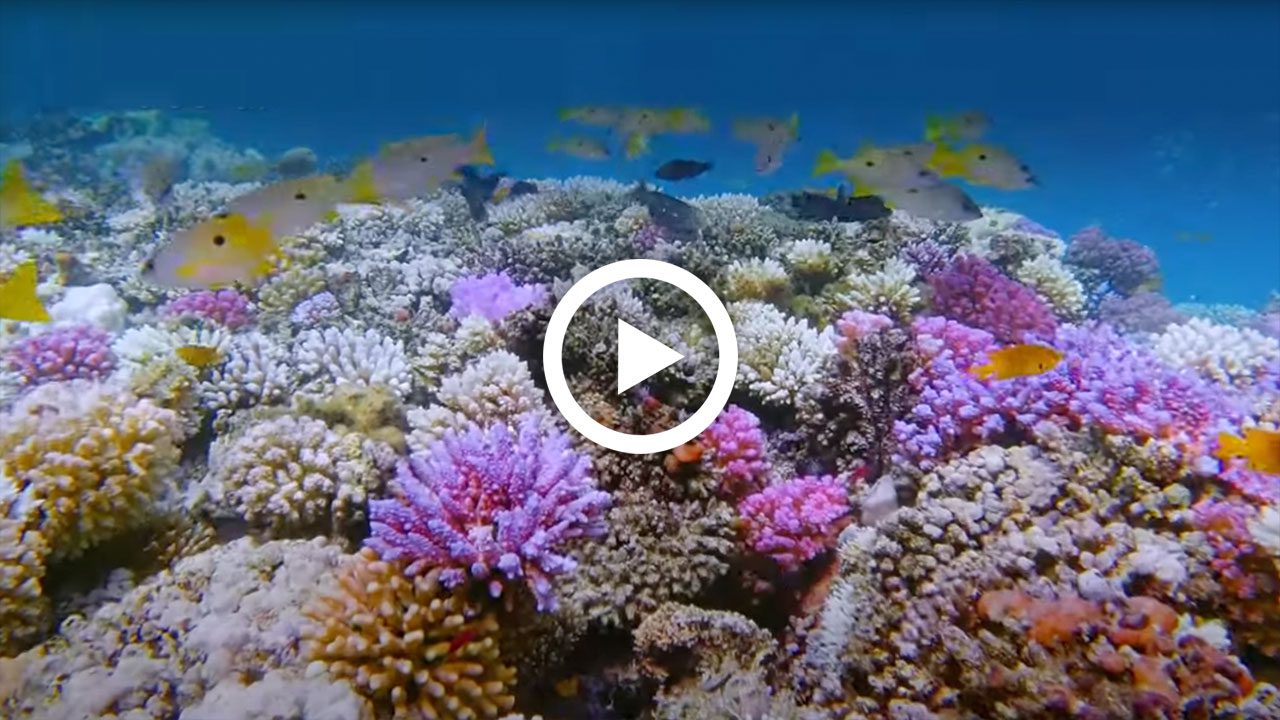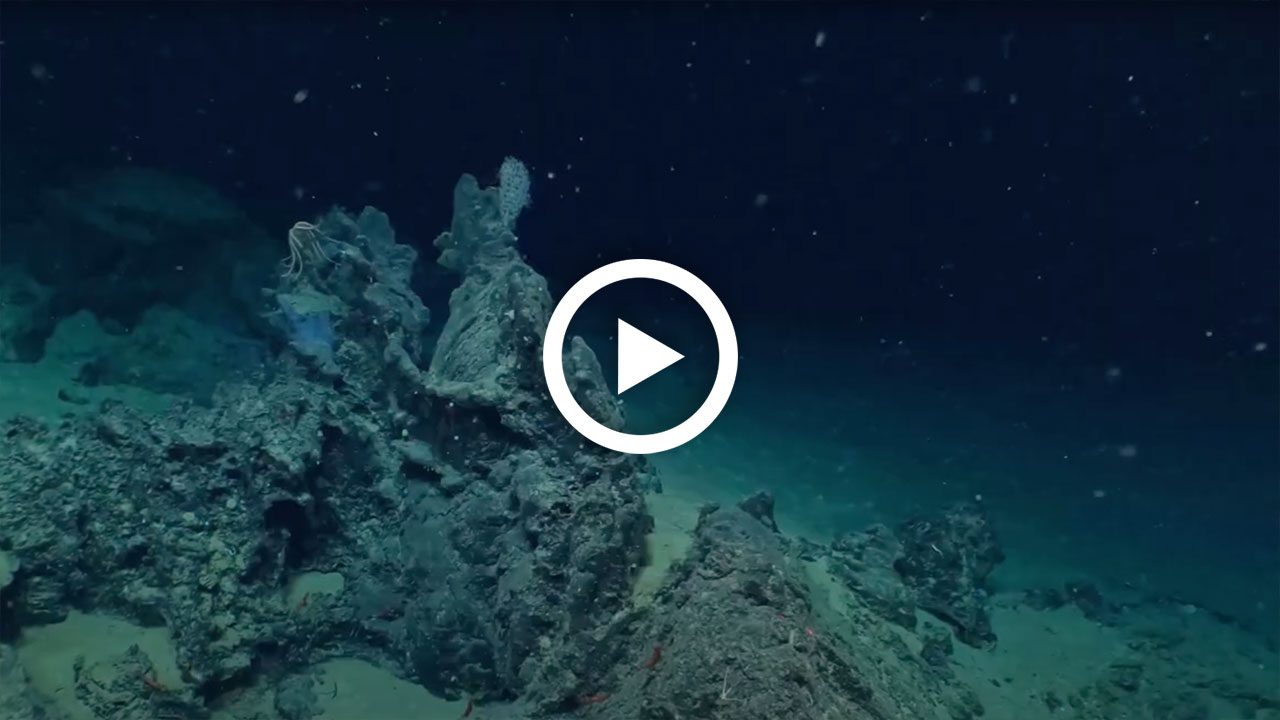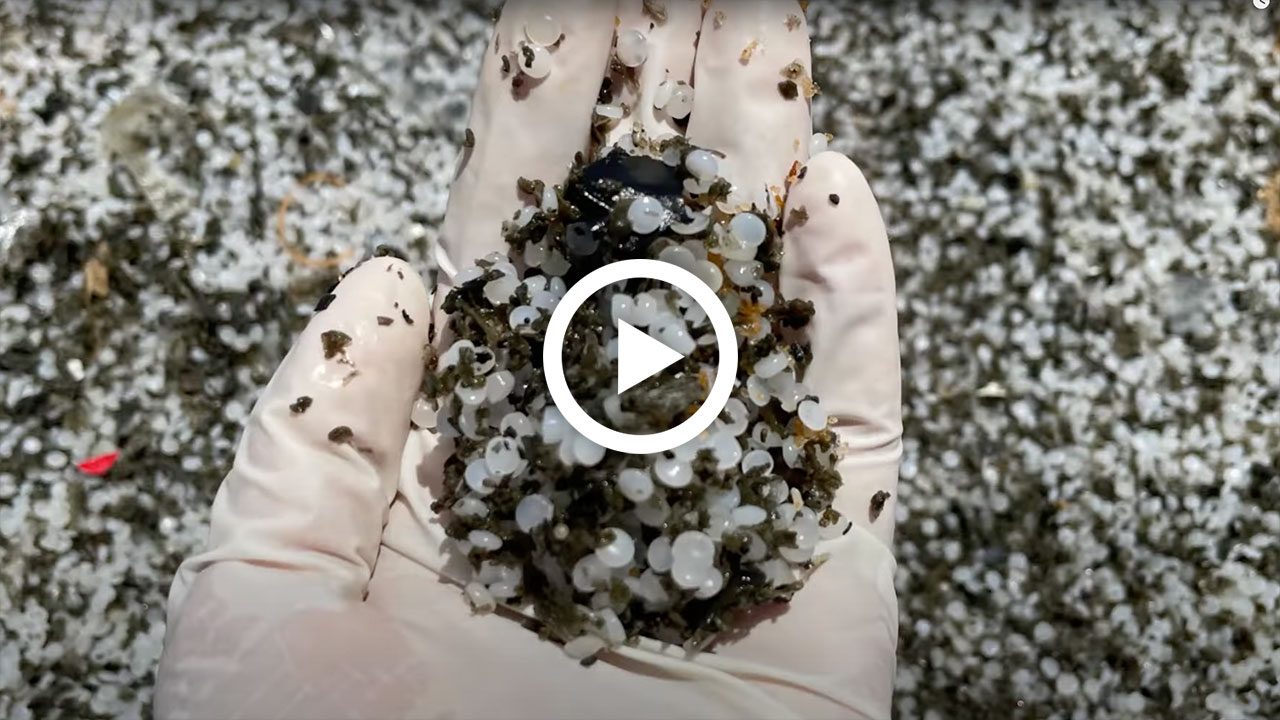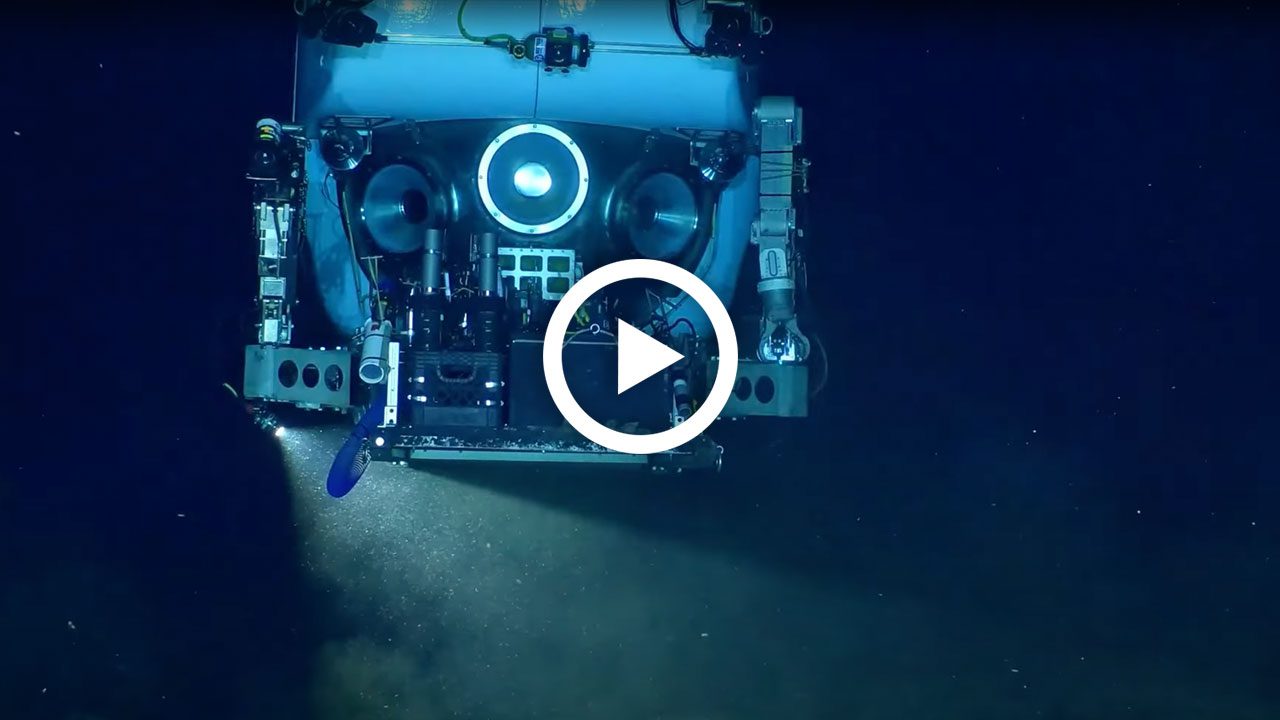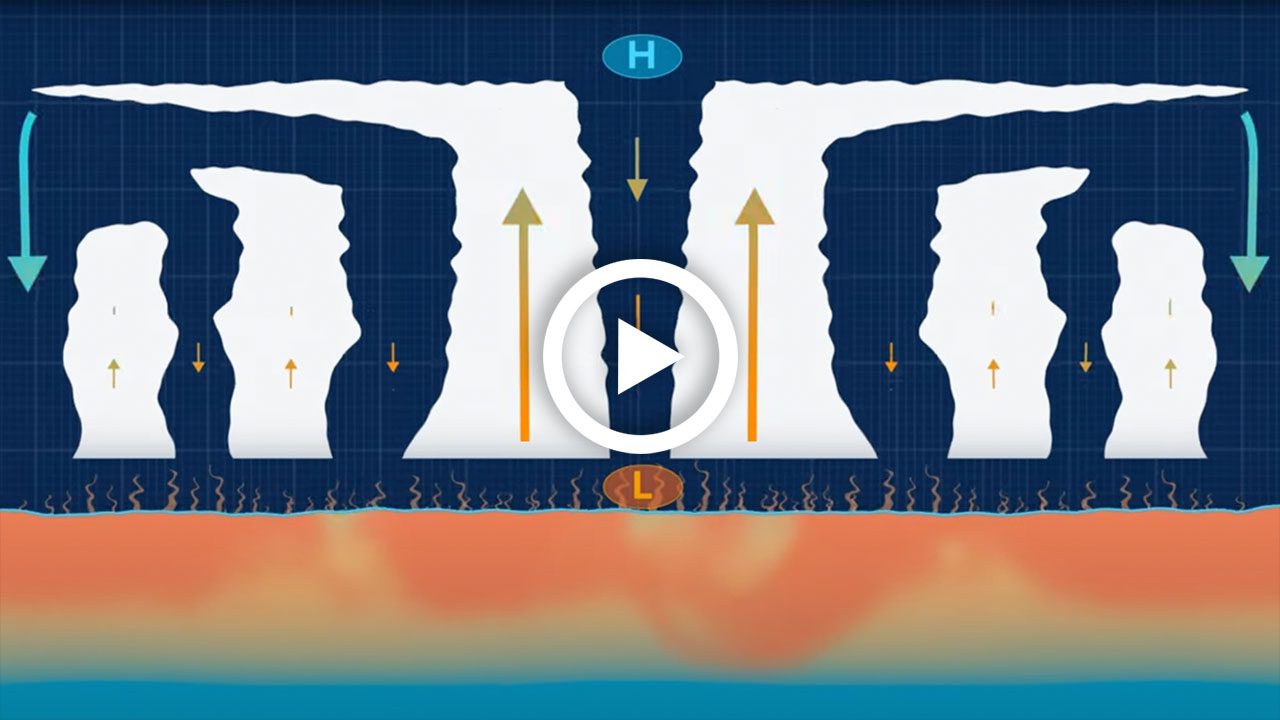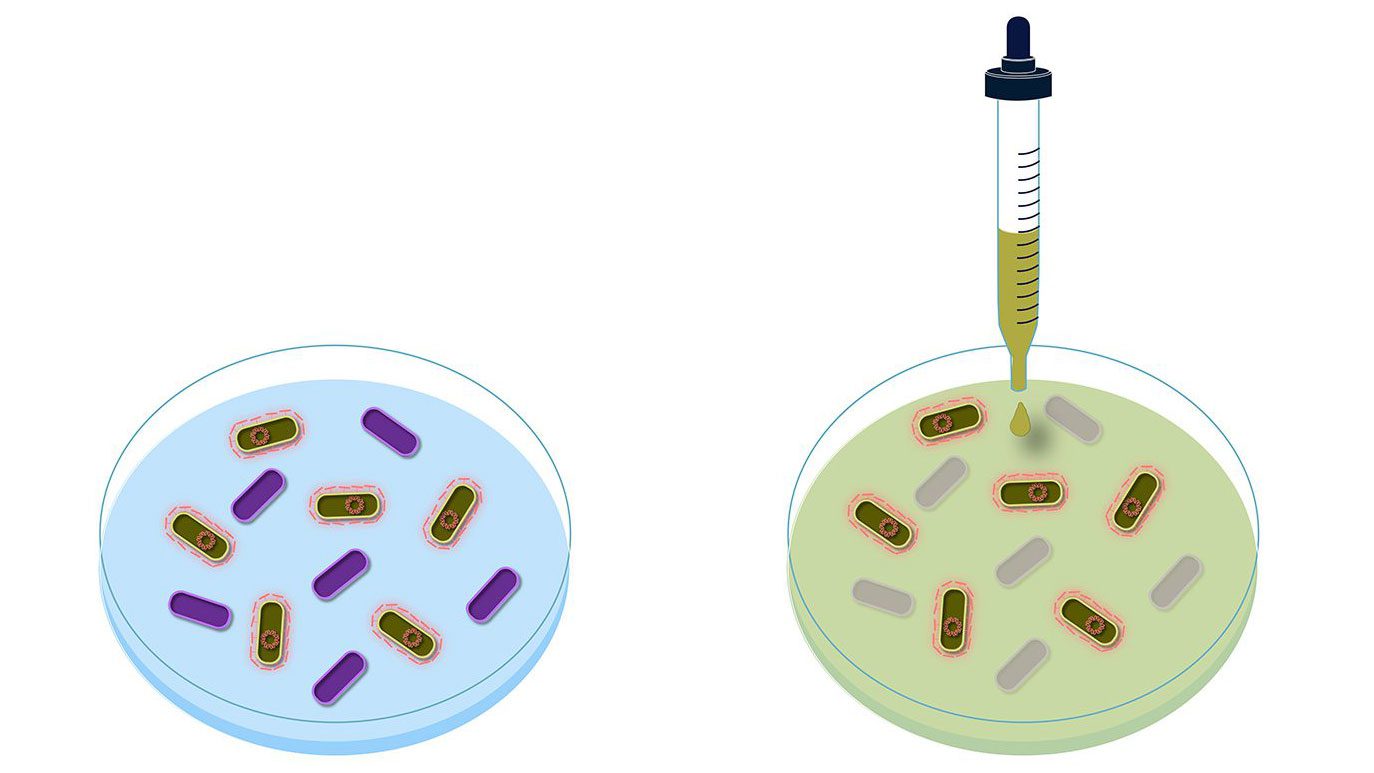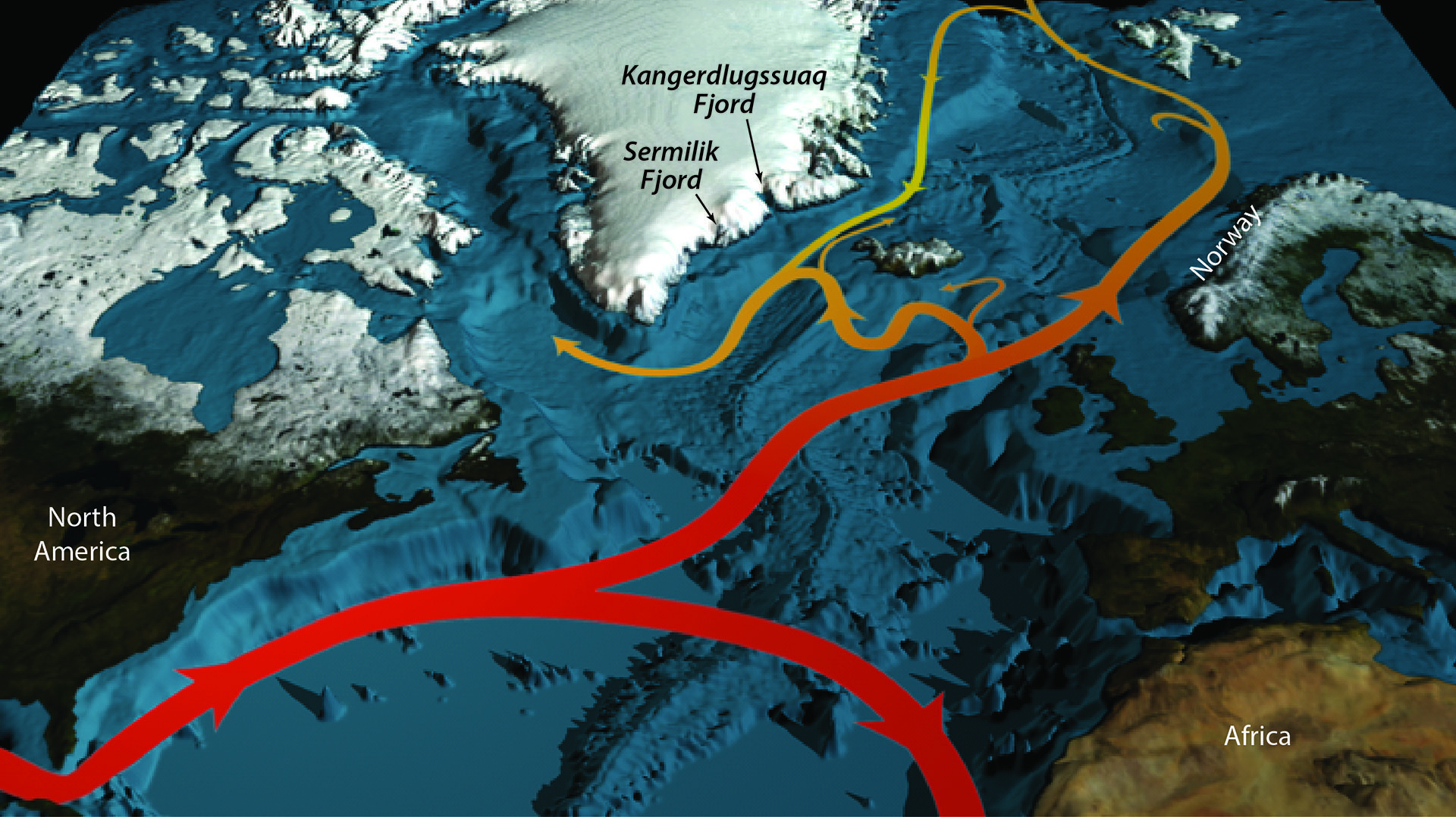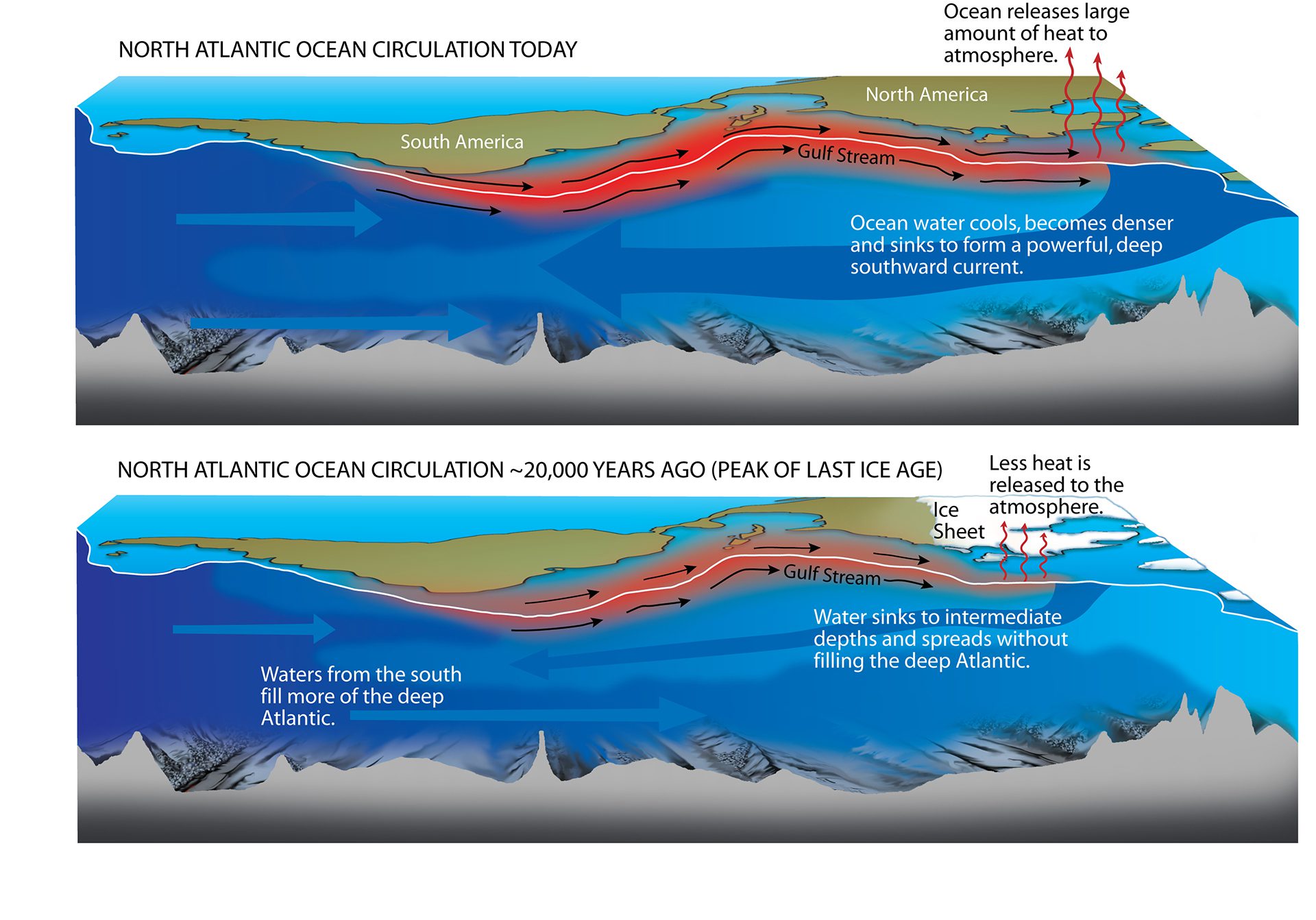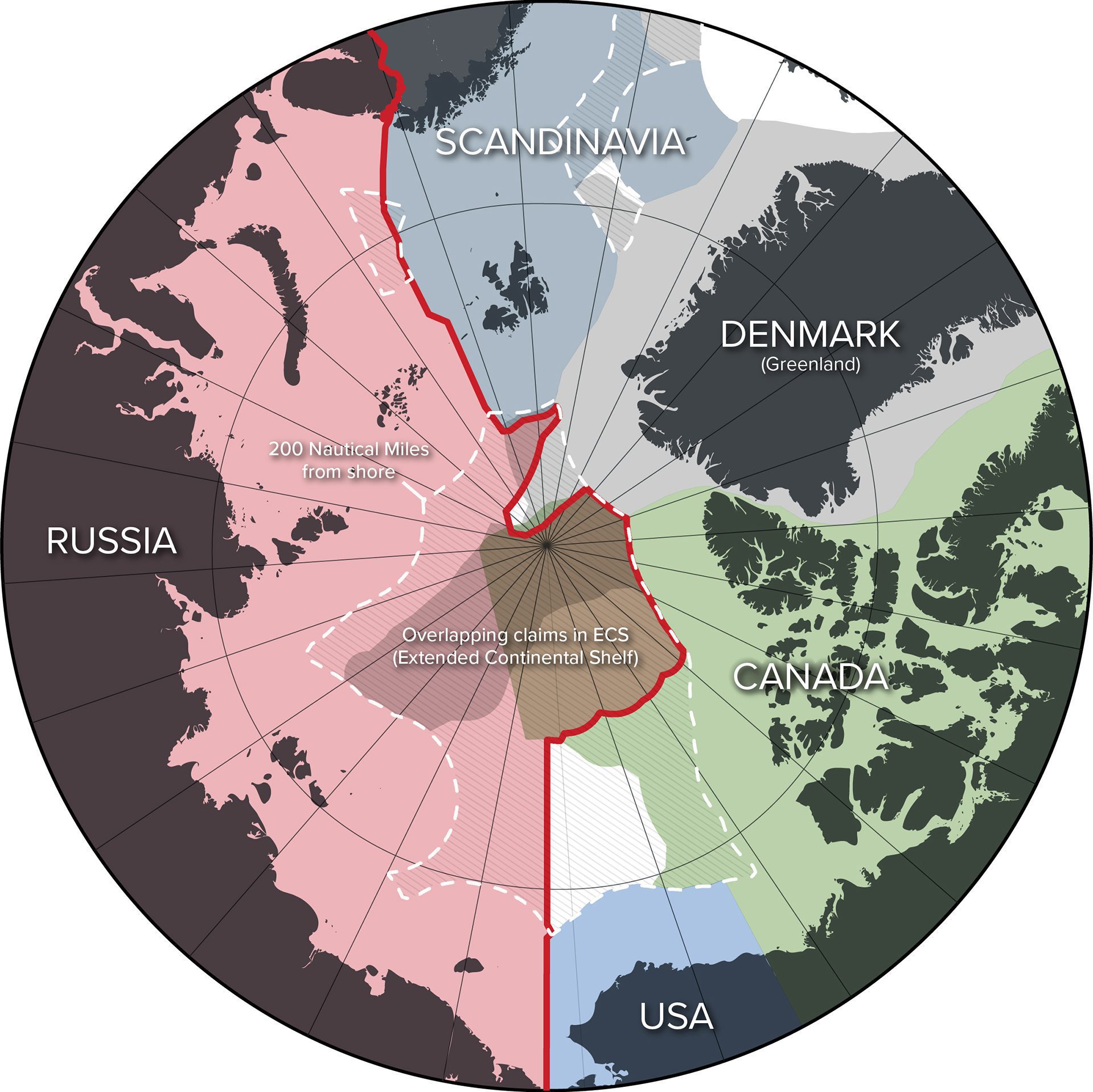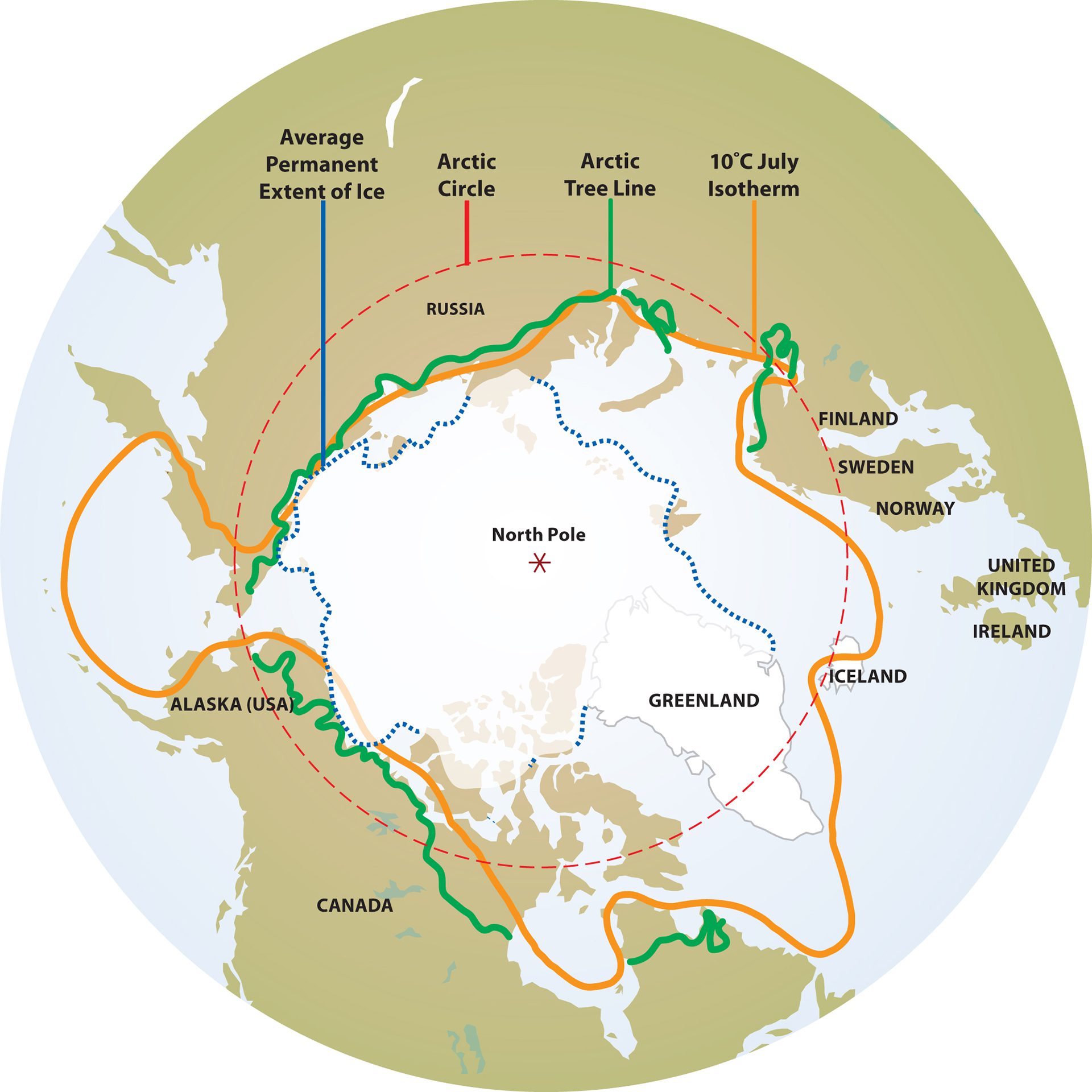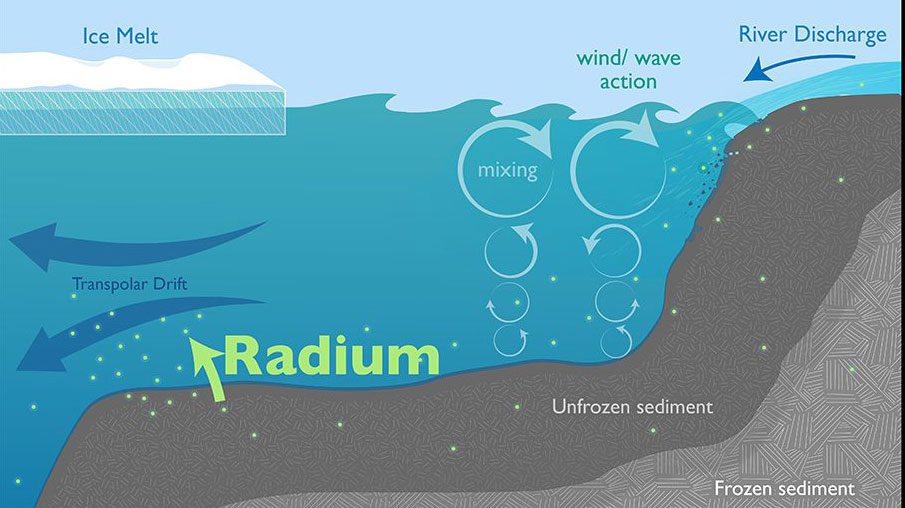Multimedia
The Biological Pump
The biological pump converts greenhouse gas that warms Earth climate into organic carbon that is then stored in the depths of the ocean.
Read MoreRadioisotopes Tracking Tuna Migration
Bluefin tuna born before the Fukushima disaster did not have elevated levels of cesium-134, but those caught in August 2011 did.
Read MoreHow subterranean water seeps into the continental shelf and into the ocean
When the ice sheets melted, sea levels rose, submerging former coastlines. Aquifers once under land now lie beneath the ocean on the continental shelf.
Read MoreIsochrysis algae to biofuel and jet fuel
Researchers discovered that the algae Isochrysis can produce both biodiesel and jet fuel by utilizing its unique fats, despite its dark, sludgy oil at room temp.
Read MoreJet Fuel from Algae?
Scientists have explored a way to make two types of fuel—biodiesel and jet fuel from different compounds in a single type of algae.
Read MoreThe Equatorial Undercurrent
At the equator, trade winds drive a surface current west, while the cooler, nutrient-rich Equatorial Undercurrent creates upwelling near islands.
Read MoreEarth and its water coverage in relation to its size
If Earth were a basketball, all its water would fit in a ping pong ball—and drinkable fresh water would be smaller than a popcorn kernel. It’s a rare resource.
Read MoreEdible Seaweed
A guide to the seaweeds that might (already) be on your plate.
Read MoreWhat is a rogue wave?
Behemoth waves are more than just folklore. Learn the science behind these deadly swells.
Read MoreHow do corals form colonies?
Coral reefs are built by tiny animals called polyps—over 1,000 per square foot—working together to form vast, complex, and vital marine ecosystems.
Read MoreWhere does all the carbon go?
Too much CO? traps heat and drives excessive warming. The challenge: where can the excess carbon go?
Read MoreWhat are marine microplastics?
Discover what microplastics are and their potential impacts on ocean life, ecosystems, and human health.
Read More7 Places ALVIN can now explore
Deep-Sea Sub ALVIN’s Top 7 Exploration Bucket List
Read MoreA robot to explore the dark ocean!
Meet Mesobot, a deep-sea robot designed to follow ocean twilight zone creatures without disturbing them—capturing stunning footage and collecting eDNA samples.
Read MoreHow does the ocean impact hurricanes?
Hurricanes unleash powerful winds, rain, and storm surges on land—but they also stir the ocean, disrupting ecosystems and impacting marine life and currents.
Read MoreDrawing of Porpita lutkeana by Henry Bigelow
Soft-bodied “jellies” have long fascinated scientists. In 1901, WHOI’s first director Henry Bigelow beautifully illustrated the medusa Porpita lutkeana.
Read MoreIllustration showing the effects of two Beaufort Gyre air pressure shifts
Map illustrating how physical ocean processes surrounding the Beaufort Gyre in the Arctic may be affected by climate change.
Read MoreHow bacteria is transported through the environment into the ocean
Wastewater carries antibiotics and bacteria to oceans, where antibiotic-resistant microbes emerge. Researchers study these impacts on marine and human health.
Read MoreGrowing bacteria in petri dishes applied with antibiotics
Antibiotics can encourage antibiotic resistance by killing off all the susceptible bacteria and leaving only the resistant bacteria to grow and multiply.
Read MoreAtlantic Ocean currents carrying warm water up to Greenland
3D map illustrating ocean currents in the North Atlantic, combined with seafloor bathymetry.
Read MoreAtlantic Ocean currents circulation
Scientists use models to reveal how shifts in ocean currents—like a global heat conveyor—can trigger major climate changes across millennia.
Read MoreTerritorial Arctic map
Multiple countries control territories within the Arctic circle, with Russia alone accounting for 53% of the Arctic coastline.
Read MoreBoundaries of the Arctic region
Map showing Arctic boundaries including the Arctic Circle, tree line, July isotherm, permanent sea ice extent, and surrounding countries.
Read MoreChanges from 2007 to 2015 on the release of radium in the Arctic
As Arctic sea ice melts, waves stir up coastal sediments, releasing chemicals into the ocean—signaling rapid climate-driven changes that may disrupt Arctic ecosystems.
Read More
